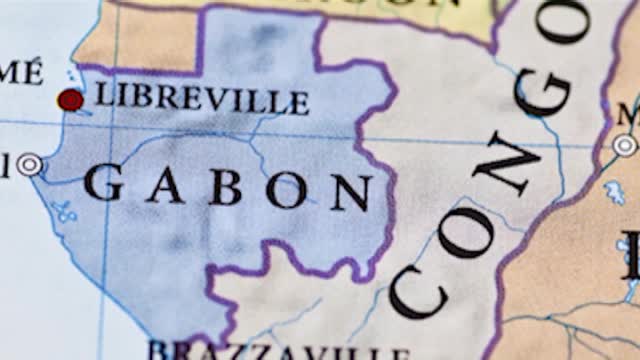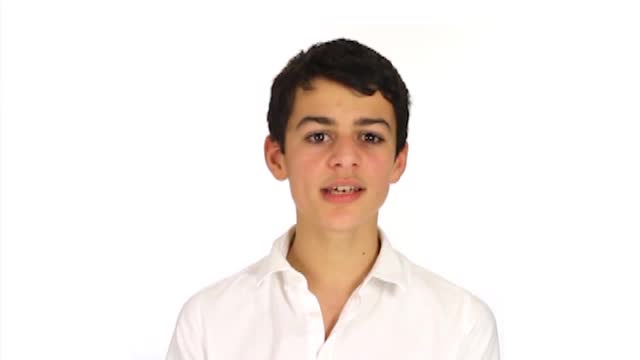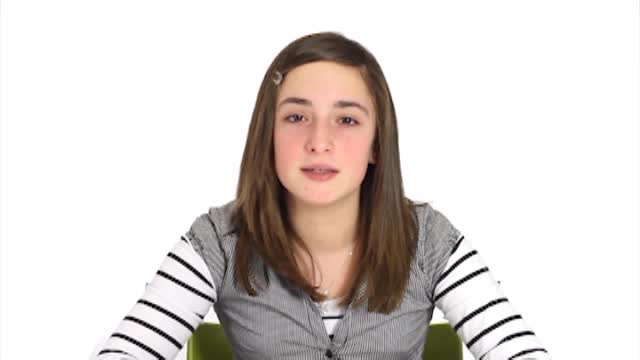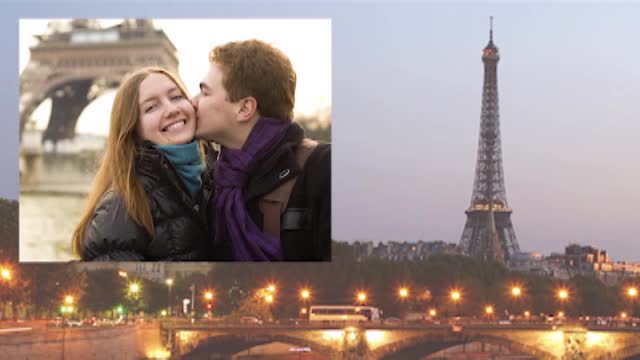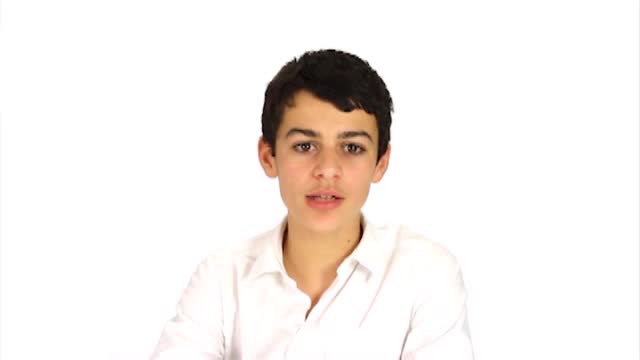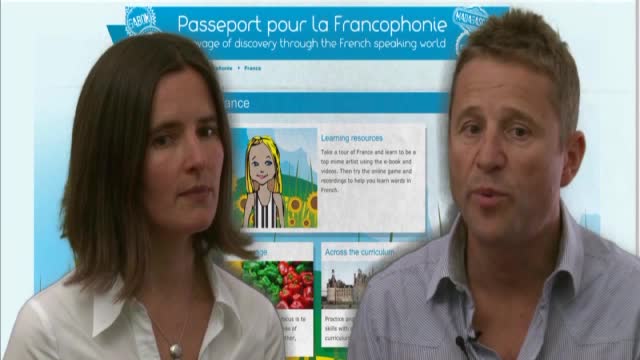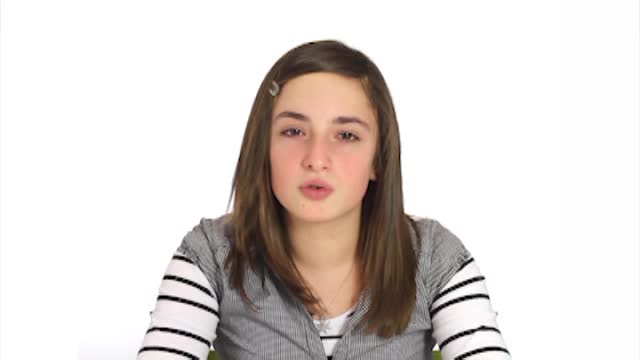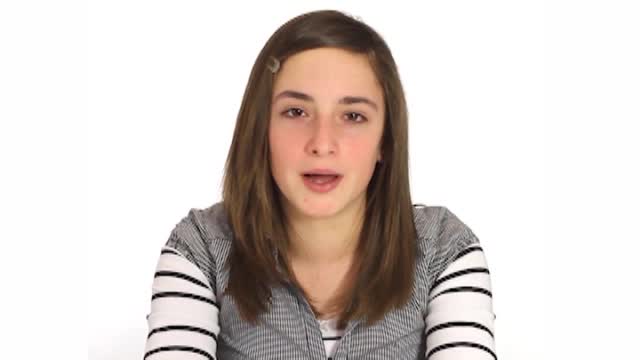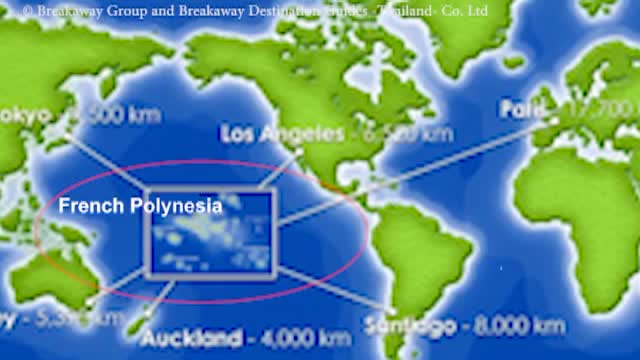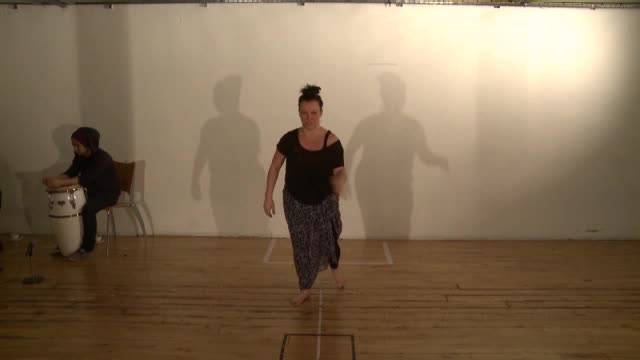Play Controls
Description
Video narrated in French that takes you on a journey around Madagascar and shows what it is like to live there.
It has French subtitles that can be switched on and off using the caption (CC) button.
The video is part of the Passeport pour la Francophonie website, a modern languages resource for primary learners.
Transcript
Teenage boy:
Salut les amis, vous êtes prêts pour un long voyage ?
Départ : Edimbourg en avion…
Arrivée : 14h plus tard à …. Madagascar !
C’est où ? Regardez, c’est loin, juste à côté de l’Afrique.
C’est une grande île située dans l’Océan indien.
Madagascar est la cinquième plus grande île du monde après l’Australie, le Groënland, la Nouvelle- Guinée, et Bornéo.
La capitale s’appelle Antananarivo, mais on la surnomme Tana, c’est plus facile !!
Vous voulez visiter l’île ? Allez, c’est parti !
On commence au nord, Il y a une énorme montagne qui traverse l’île du nord au sud, elle s’appelle Tsaratanana. Regarde, c’est impressionnant non ?
Madagascar est souvent surnommée « la grande île rouge » à cause de la couleur de la terre, c’est joli mais c’est un terrain très compliqué pour faire pousser des fruits et des légumes.
Tu sais comment s’appellent les habitants de Madagascar ? Oui c’est ça, les Malgaches. Les habitants sont très sympas. Ils parlent même le français, une forme particulière qui s’appelle le « créole », il est un peu différent dans toutes les îles autour de Madagascar : les Comores, la Réunion, l’île Maurice et les Seychelles.
L’emblème, le symbole si vous préfèrez, de Madagascar c’est l’arbre du voyageur. Il s’appelle Ravinala.
Pour bien comprendre Madagascar, imaginez une très grande île, avec une incroyable diversité. Par exemple, il y a :
des grandes plages bordées de palmiers
des canyons rouges
d’immenses forets tropicales,
5 très grands lacs
des baobabs
des eucalyptus et 1000 variétés d’orchidées !
Les premiers habitants de l’île datent de 2000 ans et sont originaires d’Afrique. Aujourd’hui, la population Malgache c’est un mélange d’Asie, d’Afrique et du Moyen-Orient. Cela représente une grande diversité dans la cuisine par exemple.
C’est tout pour aujourd’hui ! Je vous donne rendez-vous la prochaine fois pour découvrir la faune et la flore de Madagascar.
Hello friends, are you ready to go on a long journey?
Depart from: Edinburgh by plane… Arrive:
14 hours later…….in Madagascar!
Where is it? Look, it’s far, next to Africa.
It’s a large island in the Indian Ocean. Madagascar is the 5th largest island in the world after Australia, Geenland, New Guinea and Borneo.
The capital is Antananarivo, but its nickname Tana, is easier!
Would you like to visit the island? Come on let’s go!
Let’s start in the North, there is an enormous mountain that crosses the islands from north to south, it’s called Tsaratanana. Look, isn’t it impressive?
Madagascar is often called ‘The Great Red Island’ because of the colour of the earth, it is pretty but the ground make it very difficult to grow fruits and vegetables.
Do you know what they call the people of Madagascar? Yes, it is the Malagasy. The people are very nice. They even speak French, in a particular way that’s called ‘Creole’, which sounds a little different in all the other islands around Madagascar, Comoros, Reunion, Mauritius and Seychelles.
The emblem, or symbol if you prefer, of Madagascar is the traveller’s tree. It is called Ravinala.
To better understand Madagascar, imagine a very large island, of incredible diversity. For example, there are:
large beaches lined with palm trees
red canyons
huge tropical forest
5 very large lakes
baobabs
eucalyptus and 1000 varieties of orchids!
The first people on the island date back 200 years and were originally from Africa. Today the Malgache population is made up of Asian, African and the Middle Eastern. This means that there is a large diversity for example, in their cooking.
That is everything for today! Next time we meet we will look at the flora and fauna of Madagascar.
Download
- Low Quality 240p (10.41Mb)
- Medium Quality 360p (17.8Mb)
